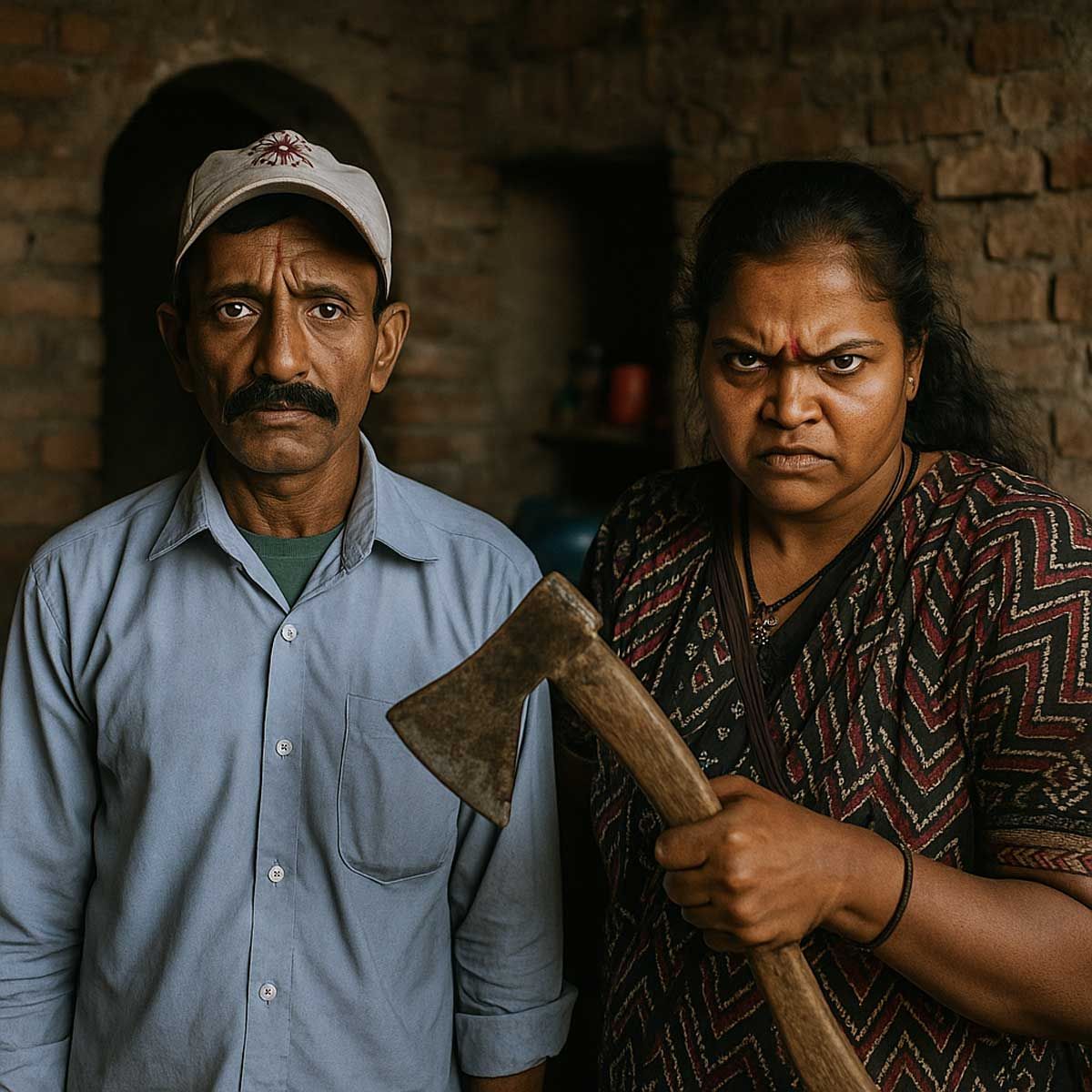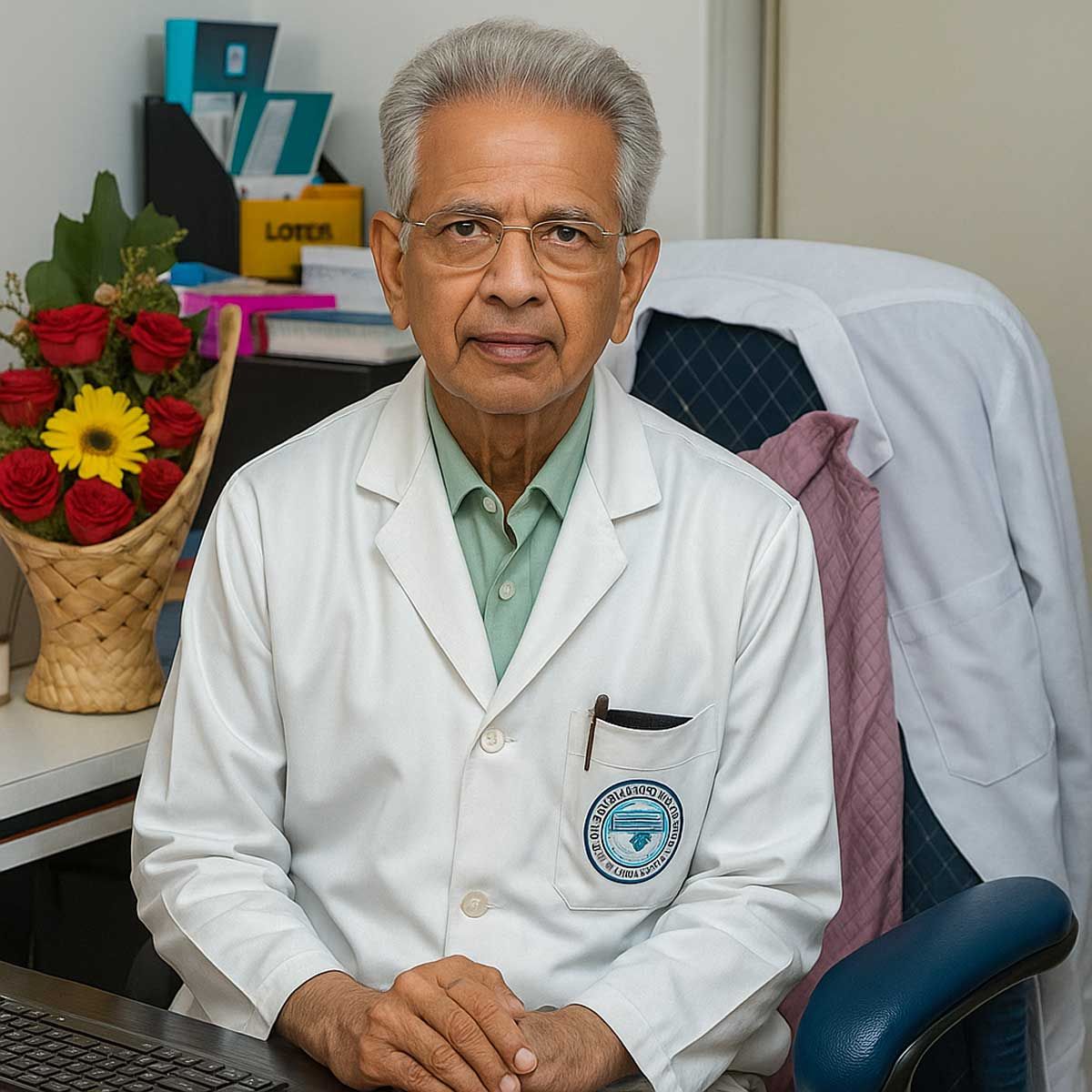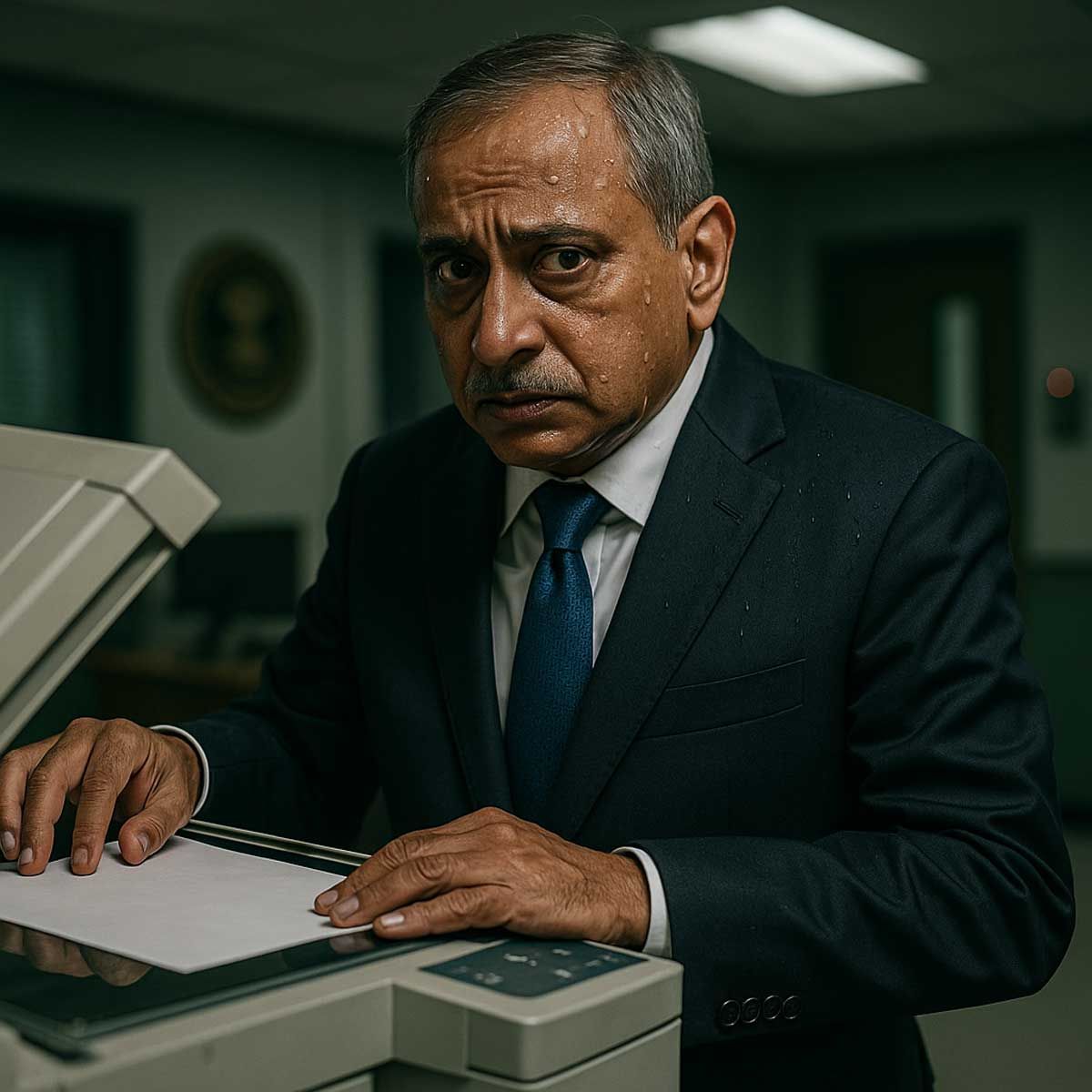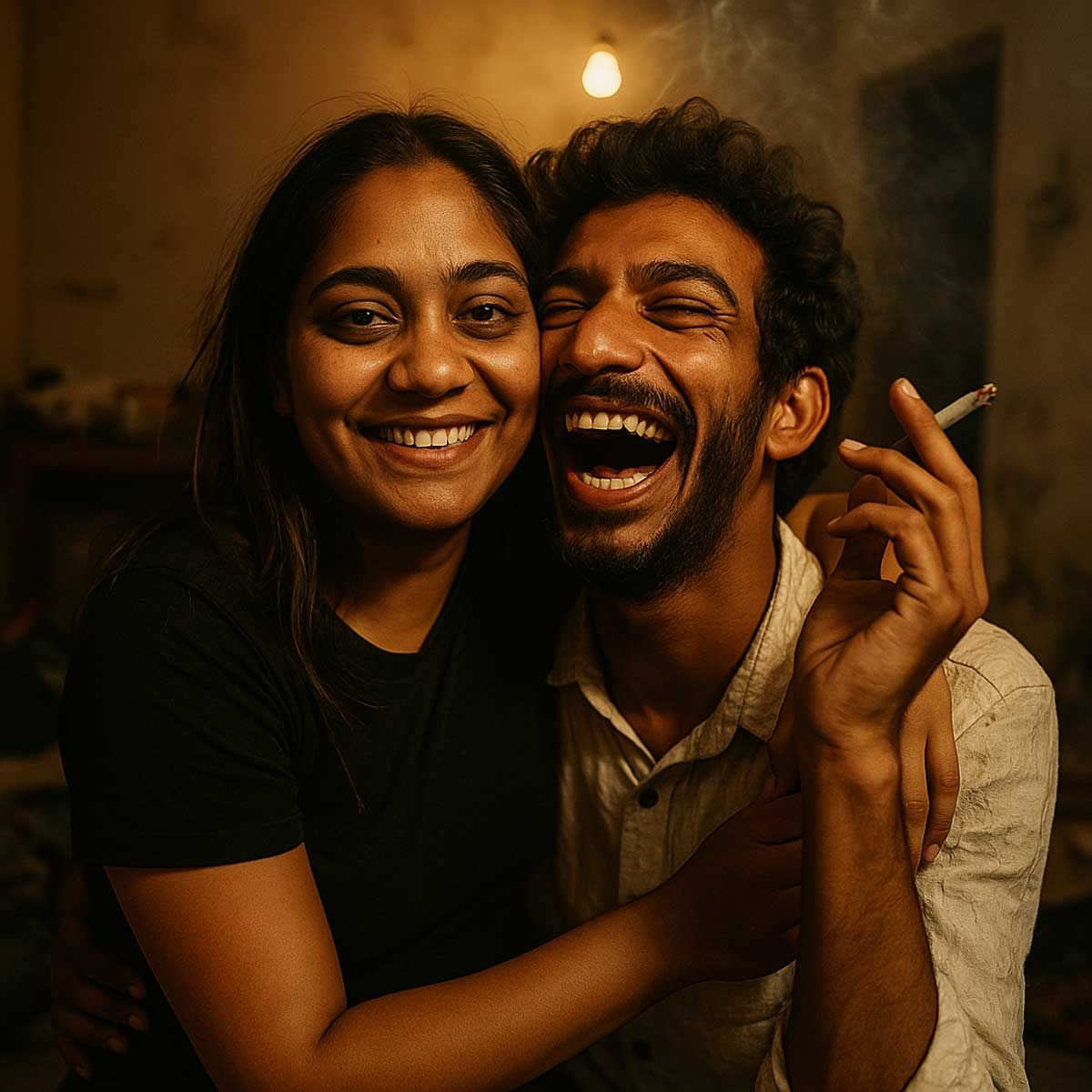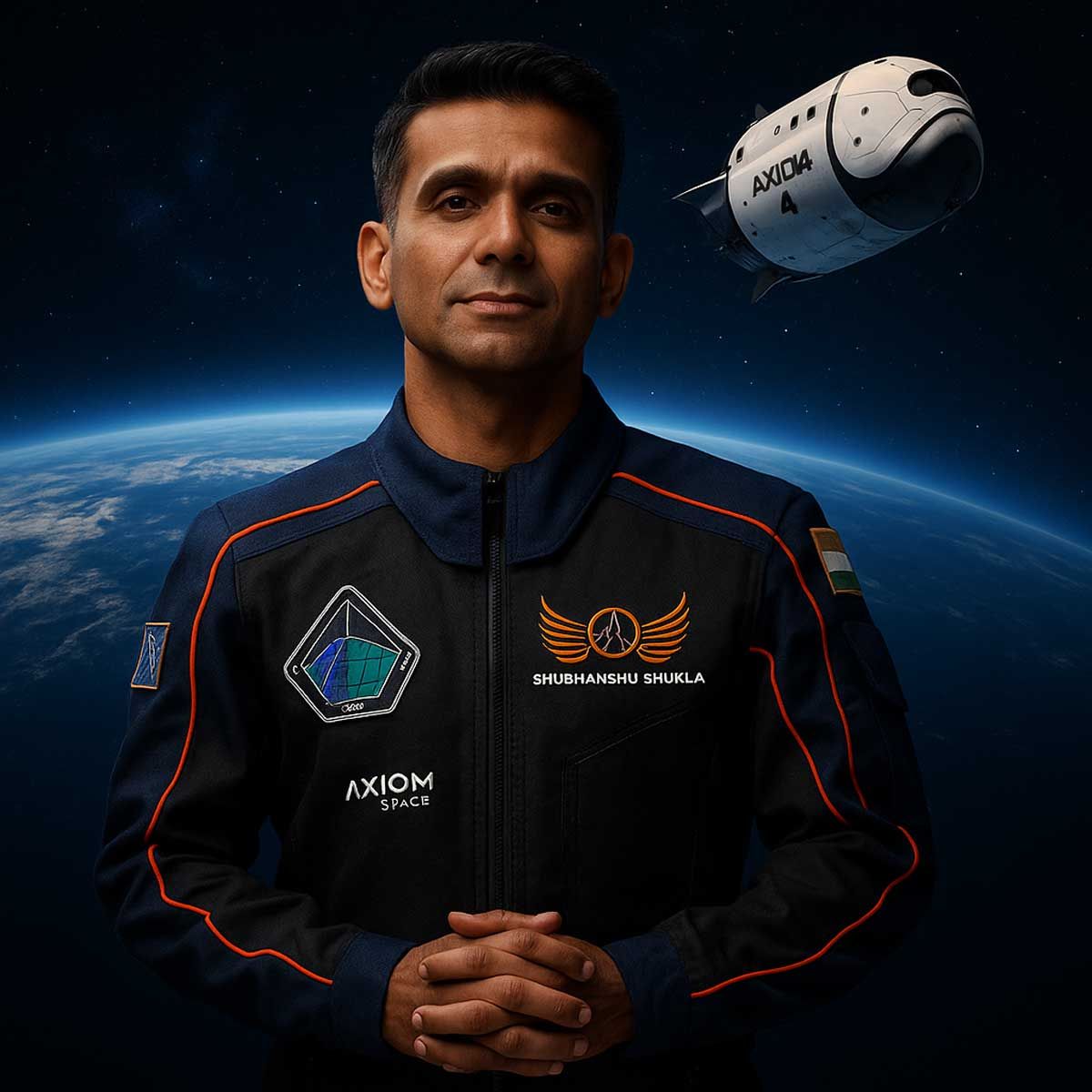More Coverage
Twitter Coverage
Satyaagrah
Written on
Satyaagrah
Written on
Satyaagrah
Written on
Satyaagrah
Written on
Satyaagrah
Written on
JOIN SATYAAGRAH SOCIAL MEDIA
Agniveer Scheme: 'Balancing act between the interests of Past, Present and Future', here is all you need to know about the age criteria, salary, facilities, process and more for the recruitment of youth in the Indian Armed Forces
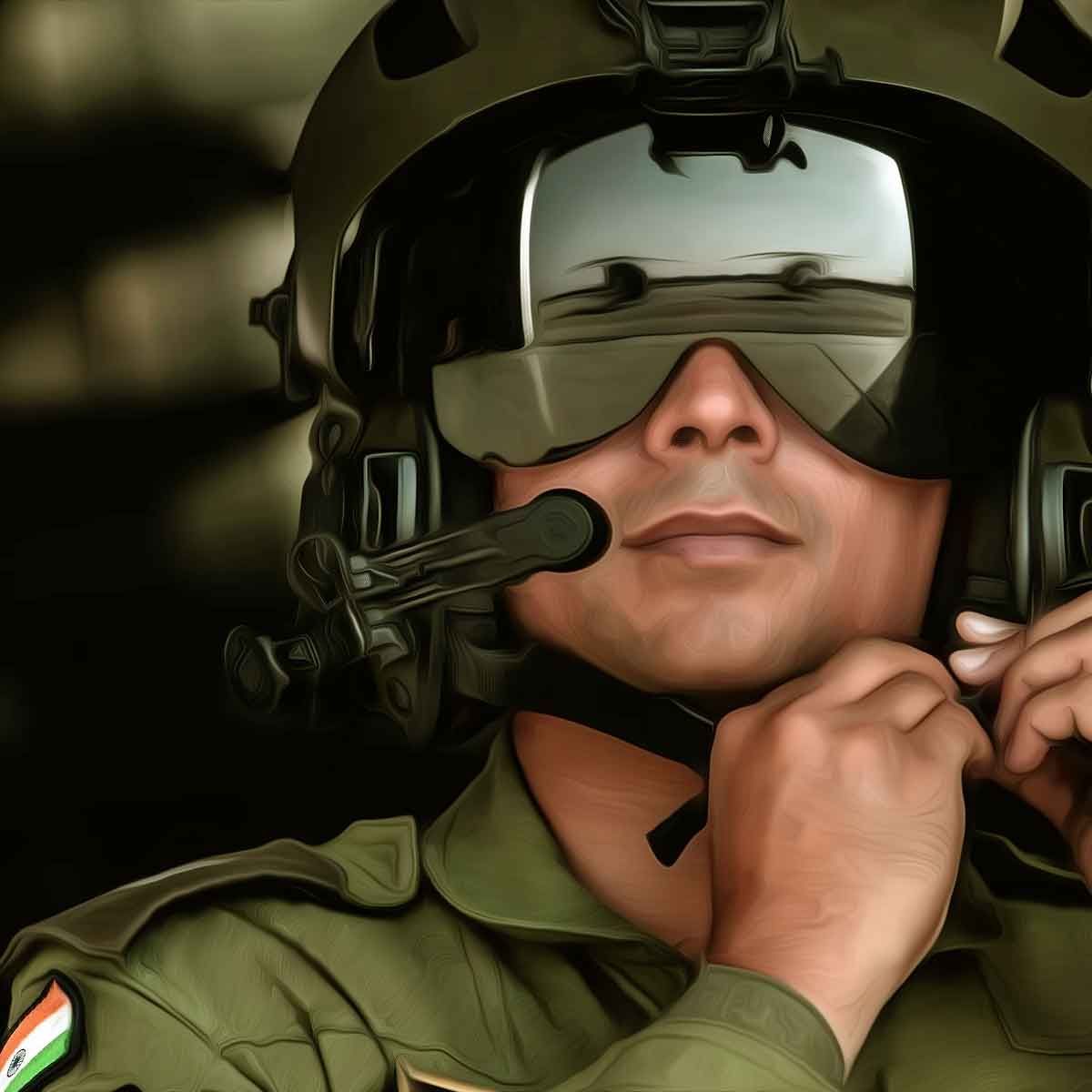
On June 15, the Government of India announced the Agnipath Scheme for the recruitment of youth in the Indian Armed Forces. There have been a lot of speculations and confusion about the newly launched scheme. This list of FAQs based on the information provided by the Ministry of Defence and the Armed Forces will help in understanding the scheme better.
What is Agnipath Recruitment Scheme?
It is a new HR Management scheme for the Indian Armed Forces. The candidates recruited via this scheme will be called Agniveers. Once enrolled, they will be governed under the Acts of the respective Armed Forces, Army, Navy and Air Force. They will get a distinct rank in the respective Armed Forces that will be different from the existing ranks.
Every Agniveer will be required to sign documents accepting the terms and conditions of the Agnipath Scheme. If the Agniveer is under the age of 18 years at the time of enrolment, then the parents or guardian will sign the document.
The recruitment under the Agnipath scheme will be initially for four years. After that, based on the requirements and policies of the respective Armed Forces, up to 25% of Agniveers from any particular batch will be given an offer to join as regular cadres based on their performance during their four-year engagement period at the Armed Forces. The remaining 75% of Agniveers will go back to society.
What are the eligibility criteria and terms for enrolling for Agnipath Scheme?
- The candidate must be between the age of 17.5 years to 21 years.
- It is open for all classes pan India.
- All candidates must pass the medical test as per the guidelines laid down by the respective Armed Forces.
- Agniveers will get training as per the requirement of the respective Armed Forces.
- Agniveers enrolled under this entry are liable to be assigned any duty in organizational interest at the discretion of the respective Armed Forces.
Will there be any insignia on Agniveers’ uniforms to distinguish them?
To encourage and recognize the dynamism of youth, a distinctive insignia will be worn by Agniveers on their uniform during their engagement period.
Will Agniveers be eligible for awards and honours?
They will be entitled to honours and awards as per extant guidelines governing the subject for the respective Armed Forces.
What about the assessment of the Agniveers during the service period?
The Armed Forces will endeavour to maintain a centralized high-quality online database of ‘Agniveers’ and will follow a transparent common assessment methodology. An objective system to ensure fair and impartial assessment will be introduced. Skills attained by Agniveers will be systematically recorded. Broad guidelines will be framed before the appointment of the first batch of Agniveers, and the same, along with any subsequent changes, will be circulated.
Will Agniveers get yearly leaves?
Though the leaves will be granted exclusively at the discretion of the Armed Forces, they will be eligible for 30 leaves per year and sick leave based on medical advice.
Will Agniveers get a medical facility?
During their engagement as Agniveer in the Armed Forces, they will be entitled to the medical facility at Service Hospitals as well as CSD provisions.
Can Agniveer leave the Armed Forces before completion of tenure?
As per the regulations, they will not be allowed to leave the Armed Forces before completing their tenure of four years. However, in exceptional cases, the Competent Authority may allow it on a case-to-case basis.
|
What will be the pay, allowance and other benefits for Agniveers?
Every month, Agniveers will get Rs 30,000/- salary for the first year, and it will increase in subsequent years. 30% of the salary will be deducted as a Contribution to the Agniveer Corpus Fund. The amount accumulated by the Agniveers at the completion of the tenure will be matched by the government, and Agniveers will get approx Rs 11.5 lakhs in hand as a Seva Nidhi package. The amount that Agniveers get under Seva Nidhi will be tax-free.
Apart from the salary and Seva Nidhi package, Agniveers will get non-contributory life insurance of Rs 48 lakh that would be paid to the family in case of death of Agniveer in the line of duty. Agniveers will not pay any amount towards Provident Fund (PF). Notably, there are speculations that PF will be deducted above contribution to Agniveer Corpus Fund, which is false.
Is there any provision of compensation in case of disability or death?
In case of disability, based on the certification by the medical authority, Agniveer will get a one-time ex-gratia disability package of Rs 44 lakh for 100% disability, Rs 25 lakh for 75% disability and Rs 15 lakh for 50% disability. Agniveer will also get full payment for the non-served period from the four-year service, including the Seva Nidhi package for both served and non-served periods.
In case of death, Rs 48 lakh from the life insurance along with the Seva Nidhi package for the served period will be paid to the family of Agniveer if the recruit dies of natural causes. If Agniveer died during the line of duty, riots, violence, attacks by terrorists, anti-social elements, enemy, during peacekeeping operation or during aid to civil power etc., they will get pay for the non-served period, ex-gratia Rs 44 lakh, Seva Nidhi Package for served and non-served period.
What about those candidates who have passed the medical and physical test for recruitment in Armed Forces and currently waiting for exams?
All the recruitments in Armed Forces will be via Agniveer only. Those candidates have to reapply based on their eligibility.
What will happen to Agniveers after four years of service?
25% of Agniveers will get a call from Armed Forces for recruitment as a regular cadre. The remaining will rejoin society. Notably, PSUs, government agencies, paramilitary forces, and state governments have come forward and promised they would give preference for jobs to Agniveers who complete their four years of service in the Armed Forces.
In association with IGNOU, the Armed Forces will provide graduation degrees to Agniveers that will help them if they want to go for higher studies after completion of four years of service.
Is the Agniveer scheme open for women?
Yes, during the announcement of the scheme, it was pointed out that it would be open to women as well.
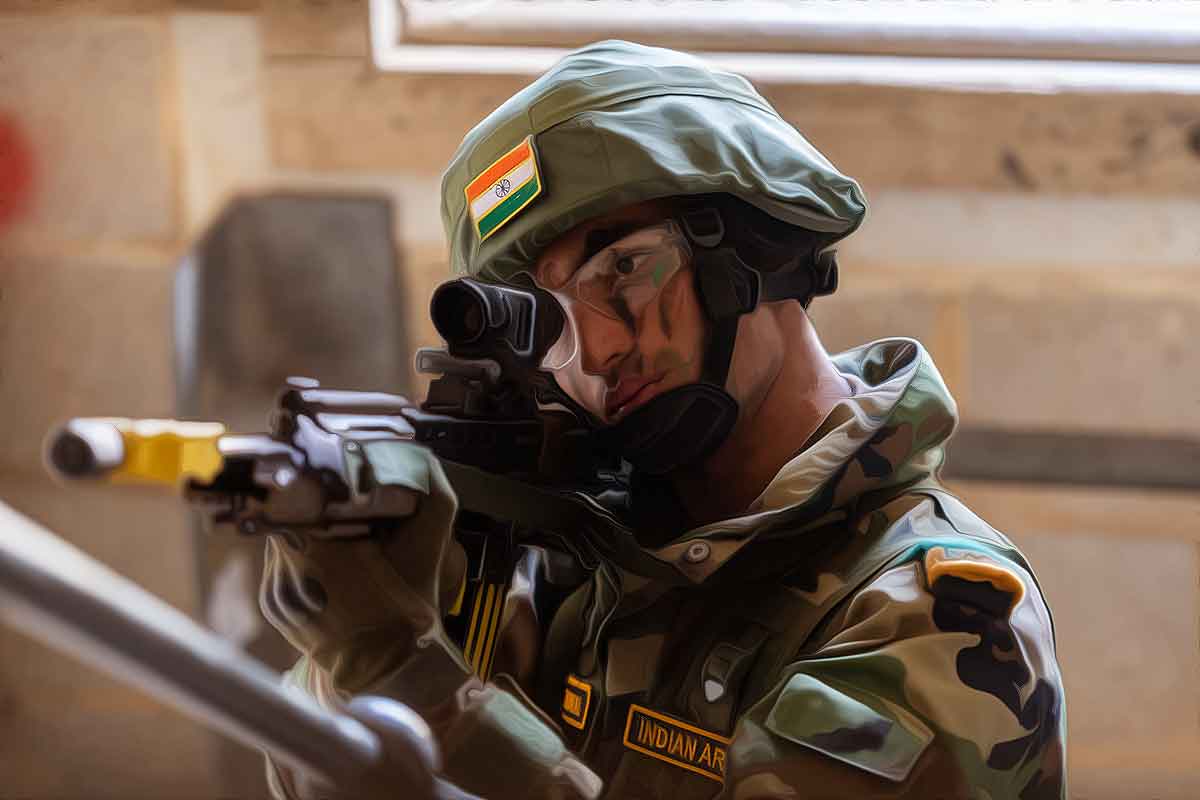 |
Agnipath Scheme is a balancing act between the interests of Past, Present and Future
Under the Agnipath scheme announced on Tuesday for restructuring the recruitment of soldiers/sailors/airmen, about 50,000 youths in the age group of 17.5 to 21 years can annually expect to be recruited as Agniveers, initially for a four-year tenure with six months’ training.
Of these, 25 per cent of Agniveers will be retained for a longer tenure of 15 years as part of regular service and the remaining 75 per cent would be discharged.
Those serving only four years' initial tenure called 'Tour of Duty' will not be entitled to pension benefits. However, the government has assured them that they will be re-employed in other government jobs, especially preferential absorption in central paramilitary forces.
The scheme will help cut the salary and pension bill of the armed forces and will therefore actually help speed up recruitments that are otherwise getting delayed for want of funds.
From the job aspirants' viewpoint, the move obviously is disappointing. Instead of being assured of pensionable service from the first day of joining the Indian Army, Indian Navy and Indian Air Force, these aspirants have to compete with fellow entrants for the first four years in the hope of being part of the 25 per cent lot that gets to serve longer. The elimination of 75 per cent after four years’ training and active service is a tough competition for those seeking long-term jobs with the defence services.
However, the alternative to the Agnipath scheme is status quo ante which means slower recruitment.
The armed forces of a country typically comprise three segments; those in active military service, those forming part of military reserve and those serving the paramilitary forces.
According to data accessed from the World Population Review, China's active military strength (21.85 lakh) is the largest followed by India (14.56 lakhs). However, including reserve forces and paramilitary forces, India has the largest armed force level (51.38 lakh) followed by China (40.15 lakh).
So India has one of the largest volunteer armies while many countries have to depend on a system of conscription — a legally mandated obligation of all youth to serve the military for a minimum number of years.
We all know that India is a young nation, with 65 per cent under age 35 and maybe the youngest nation by 2030.
That there are unemployed, under-employed and unemployable youth cannot be denied. What do we offer to them? How do we keep them engaged to contain frustration arising out of expectations in the face of overwhelming numbers?
On Tuesday, the Centre also announced plans to recruit 10 lakh persons over the next one-and-a-half years. Both the moves are aimed at increasing public employment.
Livelihoods will come from new investments, the revival of businesses and labour reforms that pit organised workers' interests against unorganised workers, from skill up-gradation, efficiency, quality and productivity. Abusing the job creators and hoping that government will keep doling out freebies will not get jobs — white-collar jobs, blue-collar jobs and collarless jobs — is not going to help armchair critics or those who look up to them.
The policy dilemma on state versus youth is not new. We would like to wean away youth from the path of self-destruction, from drugs and delinquency and despair. How?
We have several schemes in place to engage the youth in constructive work till they get regular employment and even as a parallel voluntary effort, both for national development in the civil arena and as a feeder to the armed forces.
We have developed several education-employment bridge systems —mechanisms and institutions — to channelise youth energy for voluntary action and shape them before they take the plunge. We have internships, research associates and young professional-type engagements in white-collar jobs. We have an apprenticeship act to prepare them for blue-collar work in manufacturing premises. We have Sainik schools, NCC, NSS, BSG, and SSC for those inclined for disciplined community service.
National Service Scheme (NSS) was launched in 1969. Dr S Radhakrishnan, our former president, had recommended — as head of UGC — the introduction of voluntary national service in academic institutions commission. In 1958, Jawaharlal Nehru wrote to the chief ministers floating the idea of social service as a prerequisite for graduation. The NSS programme aims to instil the idea of social welfare in students and to provide service to society without bias. It is a purely voluntary effort under the Ministry of Youth Affairs.
Nehru Yuva Kendras were established in 1972 with the objective of providing rural youth avenues to take part in the process of nation-building as well as providing opportunities for the development of their personality and skills. In 1987-88, Nehru Yuva Kendra Sangathan (NYKS) was set up under the Ministry of Youth Affairs and Sports.
Scouting for native Indian students was started in 1913 by Justice Vivian Bose, Pandit Madan Mohan Malaviya, Pandit Hridayanath Kunzru, Girija Shankar Bajpai, Annie Besant and George Arundale. Bharat Scouts and Guides (BSG) was formed in 1950 by the merger of the Boy Scouts Association and the Hindustan Scout Association. In 1951, the All India Girl Guides Association joined this new organisation. BSG has over 57 lakh members.
The National Cadet Corps, NCC under the Ministry of Defence is the world’s largest uniformed youth organisation. It was formed by the NCC Act of 1948. Its history can be traced back to the ‘University Corps’ created under the Indian Defence Act 1917 to make up for the shortage in the army. NCC has over 13 lakhs members.
Some countries have mandatory military service (conscription) for youth. We don’t have such a system. Ours is a volunteer army. The scheme of the Short Service Commission gives many an opportunity to serve for a minimum of 10 years with options to either leave or opt for a permanent commission or to opt for an extension of four more years of service. The SSC officers neither get a pension nor the medical support under the ex-servicemen contributory health scheme and almost all who opt for permanent commission get it.
In general, those with a background in defence forces have brighter chances of acceptance and success when they join a business or any civil arena. Some business houses have said they welcome ex-defence personnel.
Army job aspirants have understandably reacted with frustration. Public anger is palpable at the denial of pension benefits when they point out that MPs and MLAs get lifetime pensions with shorter service periods. Some army officers have also opined that four years is too short a period for a short-term contract in defence services and it will strain the training infrastructure and perhaps the morale and quality of fighting forces.
However, experts also agree that the defence forces need rationalisation and modernisation, and correction in the teeth and tail ratio. Reforms are not popular precisely because the status quo is disturbed and change is resisted.
It is reported that roughly 80 per cent of service personnel in the US retire without a pension. Also, China did much more over the last eight years, pruning its land-based army by 50 per cent while boosting its navy and air force. PLA retrenched 3 lakh troops. By these metrics, India’s recruitment reform is not radical. India will need more resources than what it saves from rationalised recruitment.
In 2022-23, the total budget of the Ministry of Defence is Rs 525,166 crore including about Rs 120,000 crore on defence pensions. The ministry’s budget is about 1/8th of the total central government budget.
Agnipath scheme is a balancing act between the interests of past, present and future defence personnel. If salaries and pension burden for past and present personnel becomes burdensome to the exchequer, it will reflect in either slower recruitment or thinned down entitlements for future personnel.
Youth are angry because it is essentially an issue of inter-generational equity: the present generation living at the expense of the future generation. There are no easy answers because the action lies with the present generation.
Anybody who is pushing the youth to the alleys of darkness and despair through negative politics needs a lot of prayers to regain sanity. Let us be constructive/helpful and stop spreading negativity, especially when dealing with the youth.
The choice is stark: recruitment with lower benefits or no/low recruitment. Details can quibble but not the need for such reforms.
This article was first published on the author's Facebook page - Subhash Pandey
 Support Us
Support Us
Satyagraha was born from the heart of our land, with an undying aim to unveil the true essence of Bharat. It seeks to illuminate the hidden tales of our valiant freedom fighters and the rich chronicles that haven't yet sung their complete melody in the mainstream.
While platforms like NDTV and 'The Wire' effortlessly garner funds under the banner of safeguarding democracy, we at Satyagraha walk a different path. Our strength and resonance come from you. In this journey to weave a stronger Bharat, every little contribution amplifies our voice. Let's come together, contribute as you can, and champion the true spirit of our nation.
 |  |  |
| ICICI Bank of Satyaagrah | Razorpay Bank of Satyaagrah | PayPal Bank of Satyaagrah - For International Payments |
If all above doesn't work, then try the LINK below:
Please share the article on other platforms
DISCLAIMER: The author is solely responsible for the views expressed in this article. The author carries the responsibility for citing and/or licensing of images utilized within the text. The website also frequently uses non-commercial images for representational purposes only in line with the article. We are not responsible for the authenticity of such images. If some images have a copyright issue, we request the person/entity to contact us at This email address is being protected from spambots. You need JavaScript enabled to view it. and we will take the necessary actions to resolve the issue.
Related Articles
- "This will remain the land of the free so long as it is the home of the brave": Indian Army to operate with a plethora of AI-aided equipment with improved operational success and a decrease in fatalities, MoD using at least 75 AI products and technologies
- Most wanted terrorist Lashkar-e-Taiba commander Yousuf Kantroo eliminated in Baramulla encounter: Also known as Issah, he was involved in several killings of civilians and Security Forces personnel
- “It is God’s duty to forgive the enemies, but it’s our duty to convene a meeting between the two”: Modi government allows Indian defence forces to get emergency powers to acquire critical weapon systems through a fast-track route without the MoD approval
- "Grant what thou commandest and then command what thou wilt": India's military set for a historic revamp - The first test-bed ITC slated for a debut this August, revolutionizing the armed forces' structure, other commands to follow ‘One Border One Force’
- 'Himveers' from Indo-Tibetan Border Police unfurled the national flag at 15000 feet above the sea level braving inhospitable conditions at -40C in Ladakh: Watch ITBP soldiers celebrating the 73rd Republic Day
- "As a young citizen of India, armed with technology and love for my nation, I realize, a small aim is a crime": Recurring incidents of MiG-21 plane crash forced IAF to retire 51 Squadron Mig-21 Bison aircraft by Sept this year and the entire fleet by 2025
- Indian Army pacing towards self-reliance under 'Atmanirbhar Bharat Abhiyaan’ campaign: Indigenisation of defence manufacturing is helping to build a new and strong India to keep neighbour aggression in check
- A major boost to India’s defence system, the Philippines has accepted BrahMos Aerospace Pvt Ltd’s proposal worth USD 374.9 million: India’s proposal to supply Brahmos anti-ship Missile System gets green signal
- "वर्दी वाला गुंडा": Odisha Police removed Ankita Pradhan's bra, kicked her in the chest, molested her, and falsely framed Indian Army Captain Gurvansh Singh in a drug case, turning their plea for justice into a horrifying ordeal of violence & humiliation
- IAF's MiG-21 crashes in Rajasthan's Barmer district, both pilots dead; Rajnath Singh dials Air Force Chief, a court of Inquiry has been ordered to ascertain the cause of the accident
- In a historical move ahead of Republic Day on January 26th, the Amar Jawan Jyoti flame at the India Gate would be merged with the flame at the National War Memorial on Friday
- India’s first Chief of Defence Staff General Bipin Rawat dies in helicopter crash: All you need to know
- "21 new roads, 64 bridges, tunnels, airstrips & helipads": India fortifies its frontier, unveiling mega projects along the China border, heralded by Raksha Mantri Rajnath Singh, not only amplifying national security but fostering connectivity and unity
- Operation Polo: When India annexed Hyderabad from the Nizam and Razakars, the suppression of Hindus and the role of Nehru
- "Unity at Sea: AI, and Victory": Breaking silos, the Indian Navy embarks on a visionary voyage, harnessing Artificial Intelligence and fostering synergy with other defence arms, the journey to sculpt the future of victorious maritime battles begins now⚓















